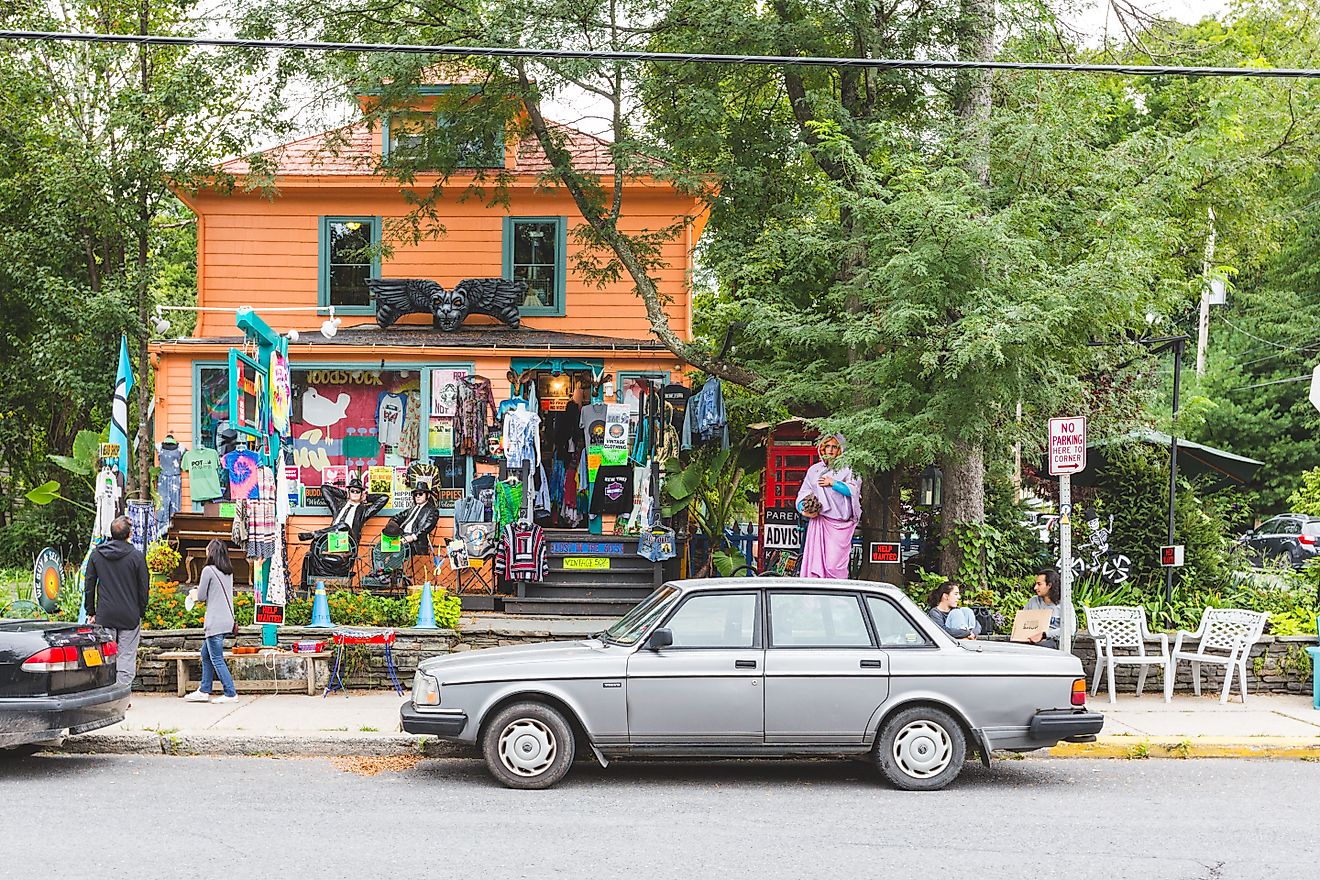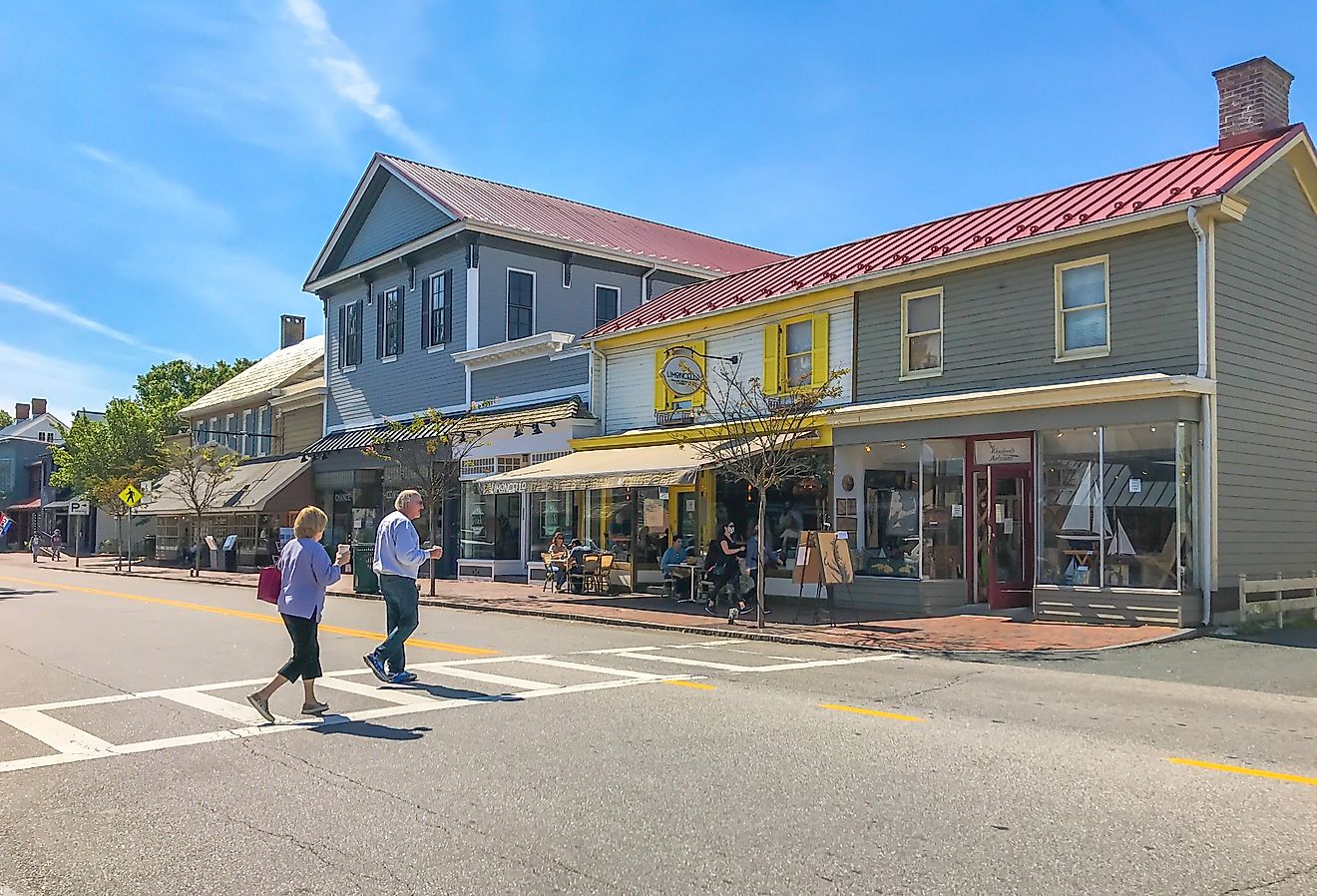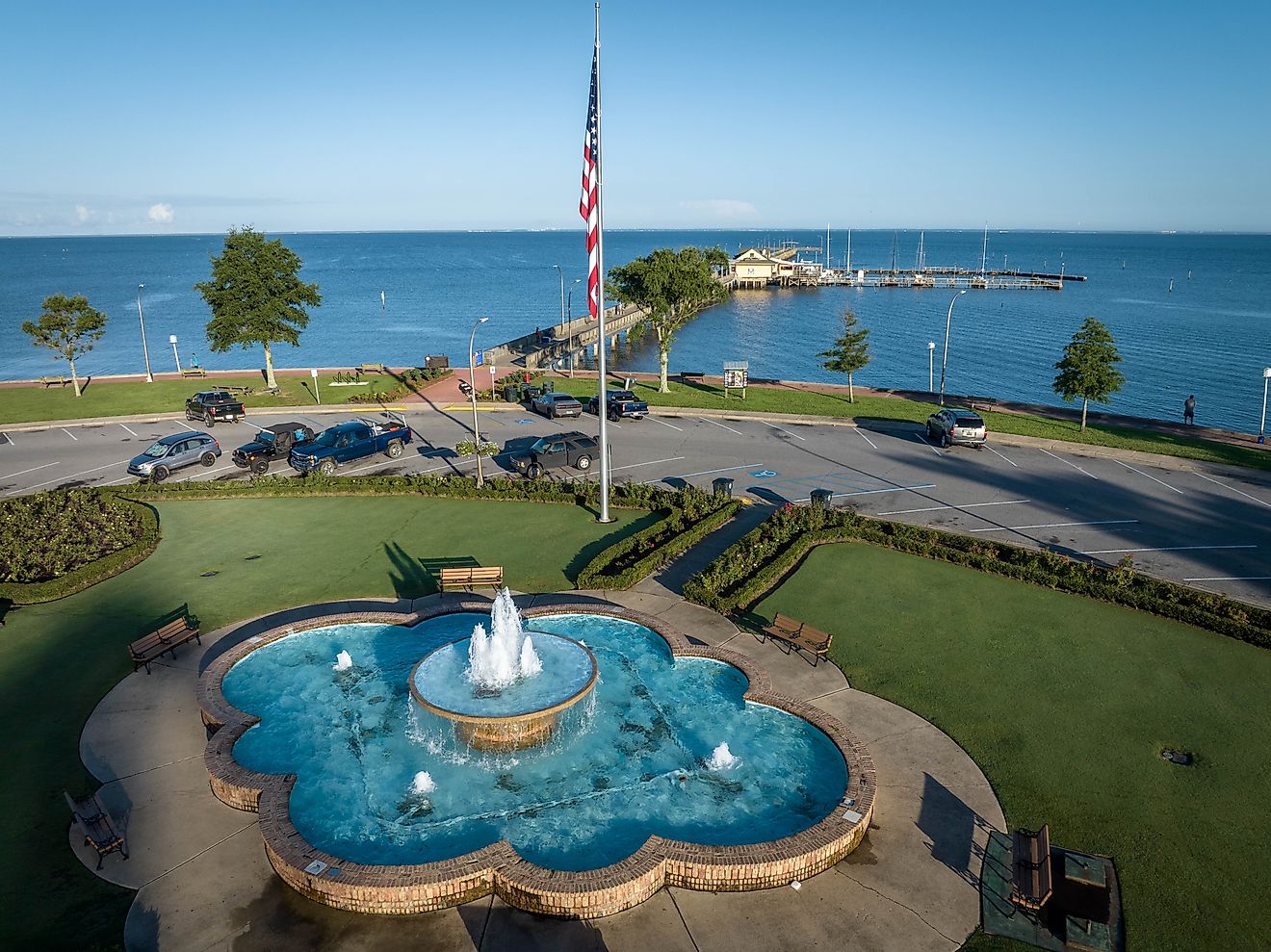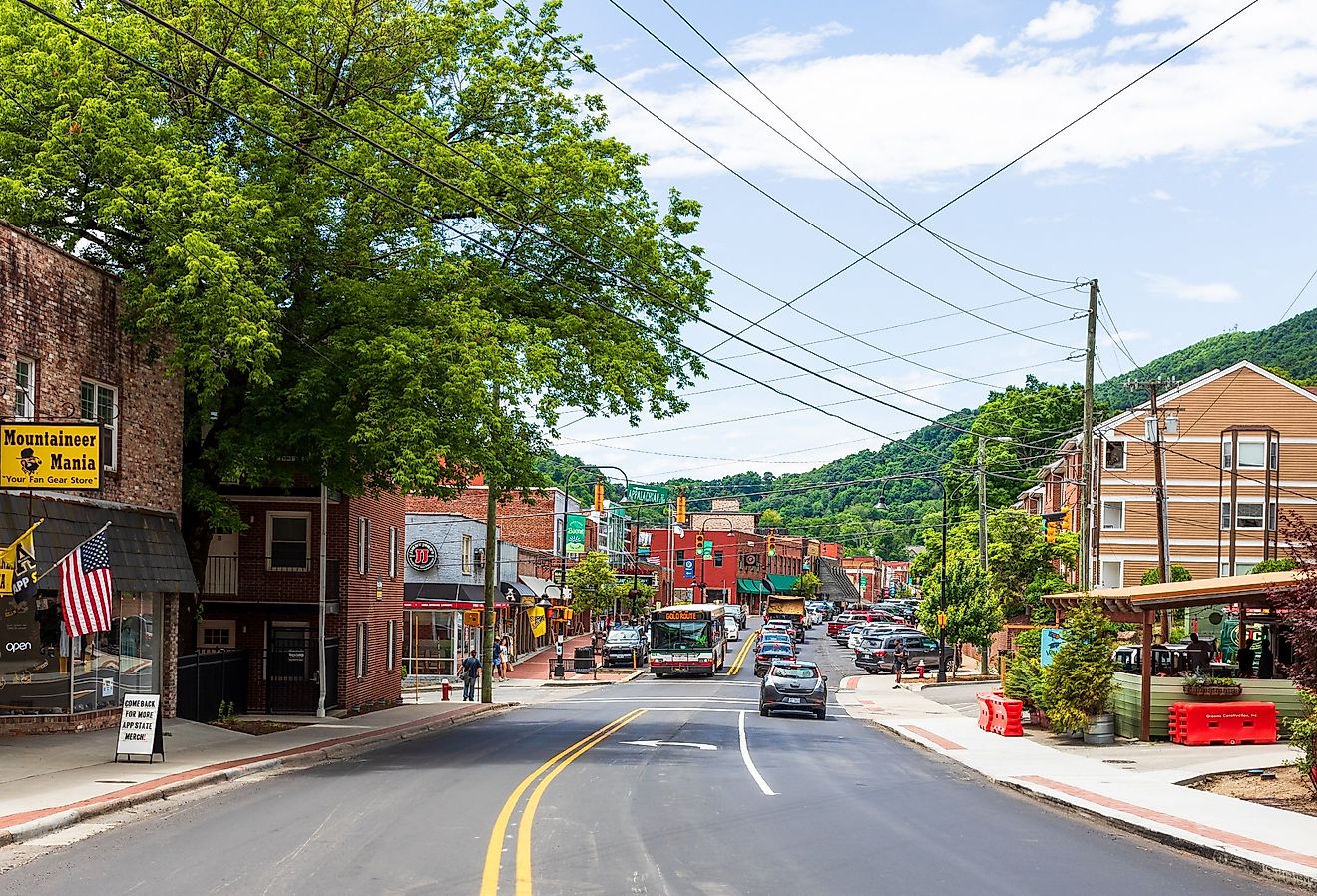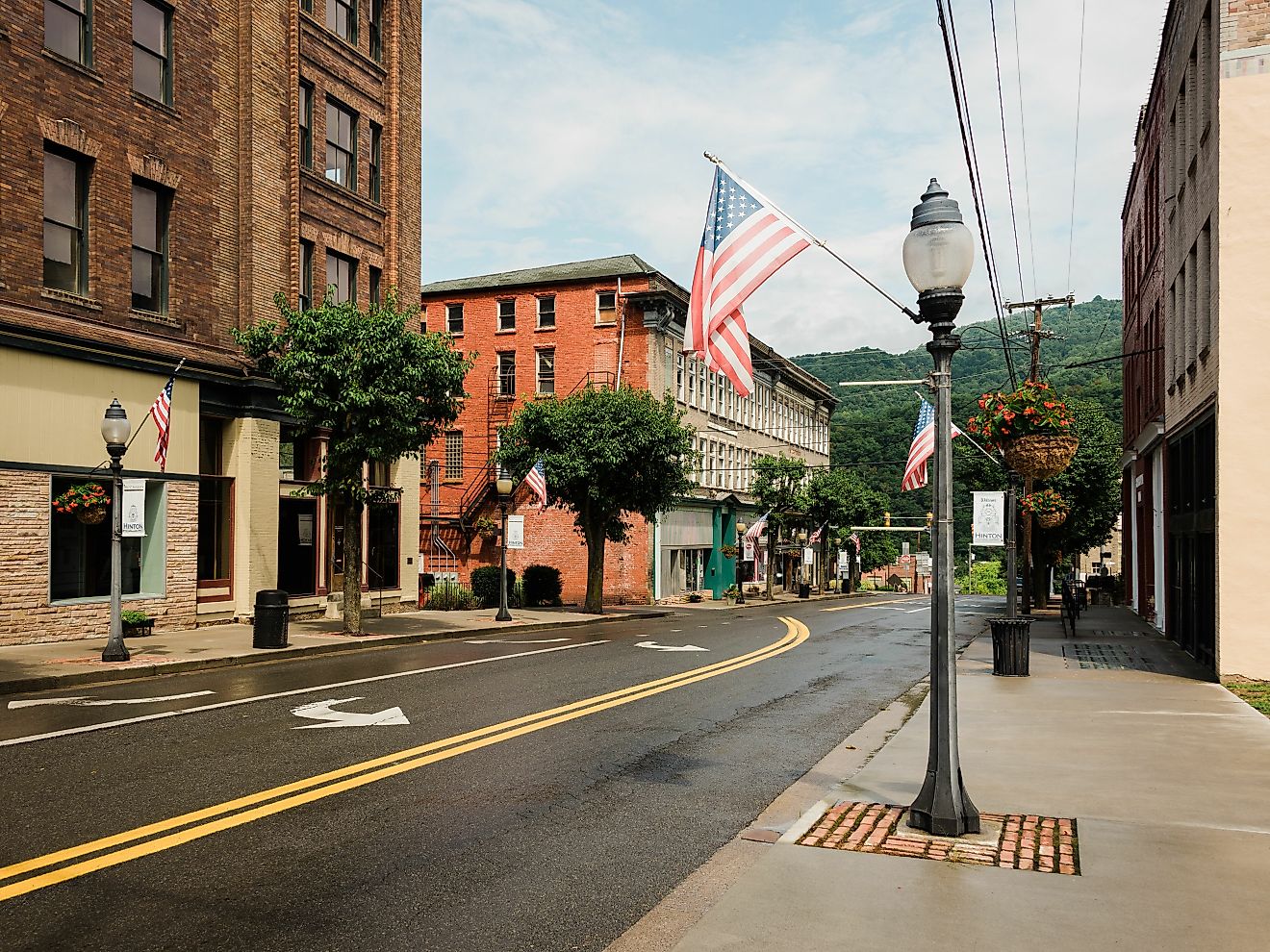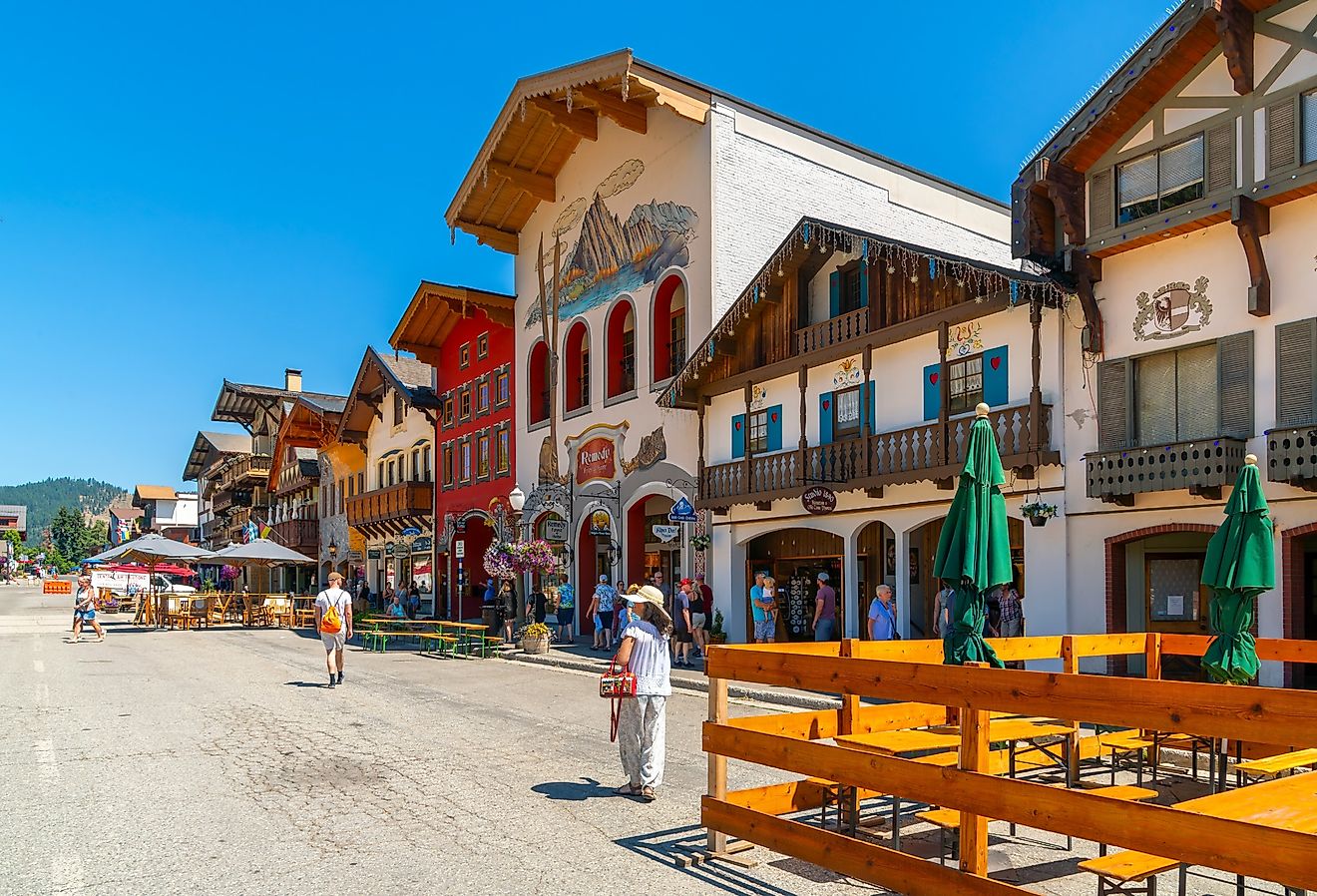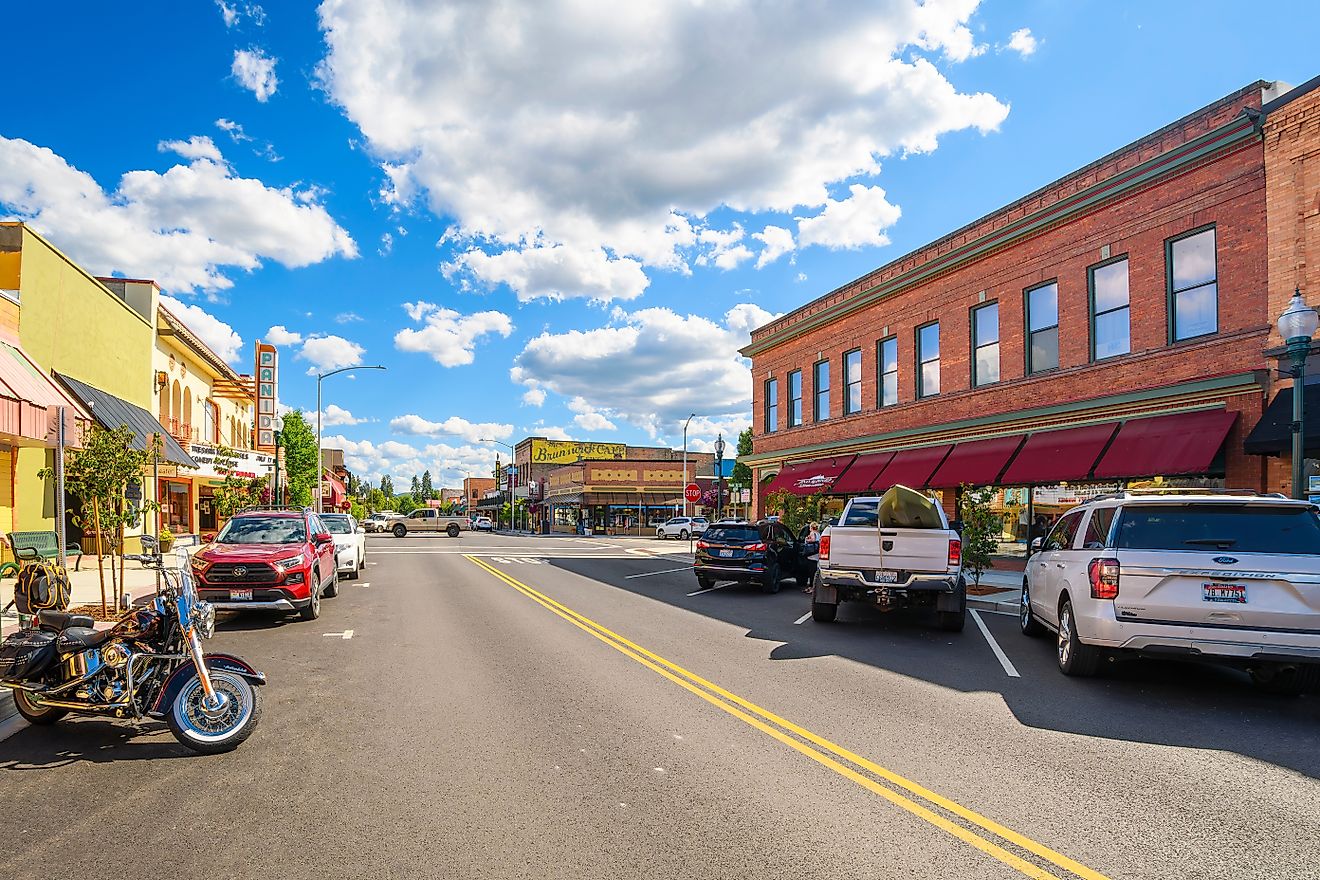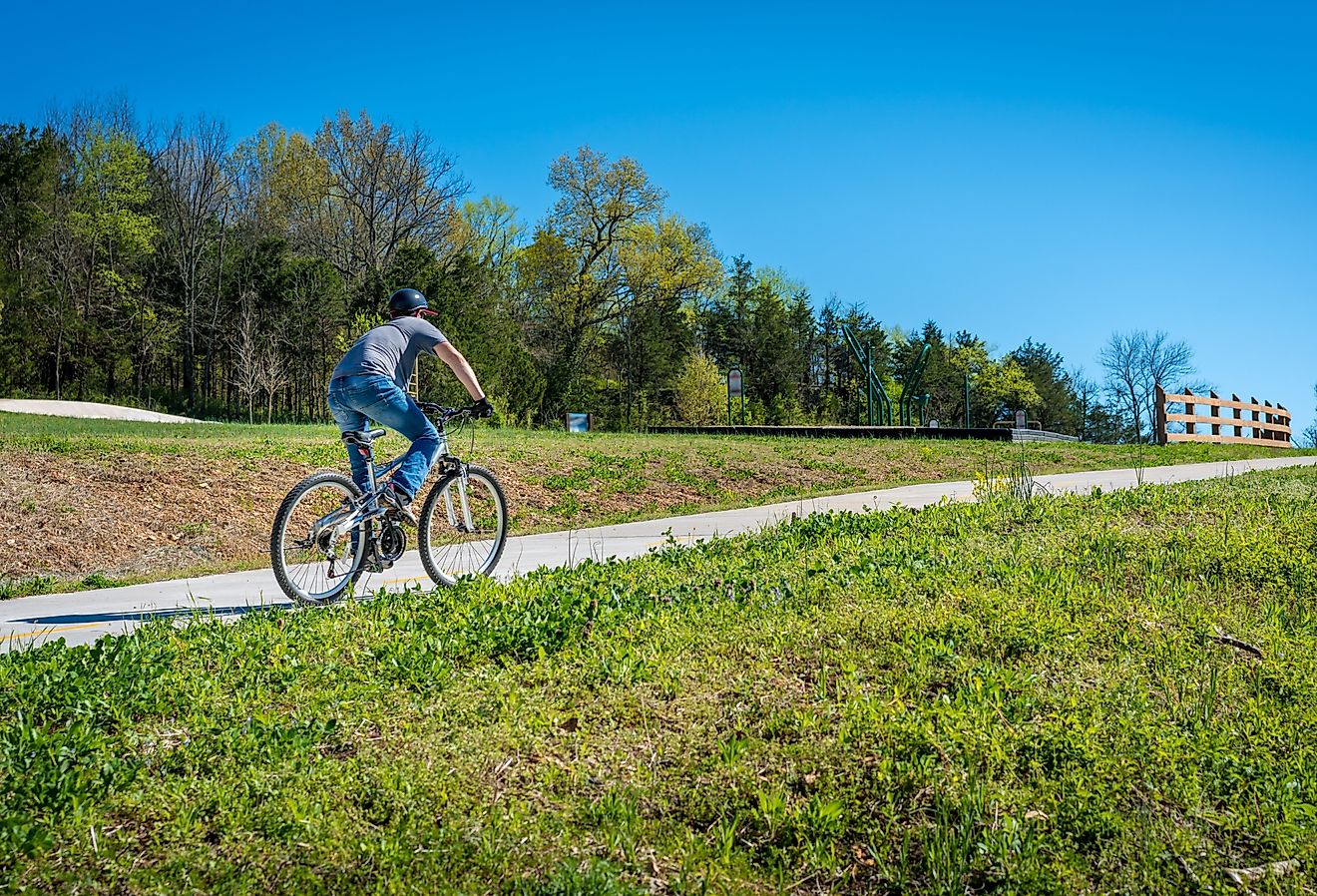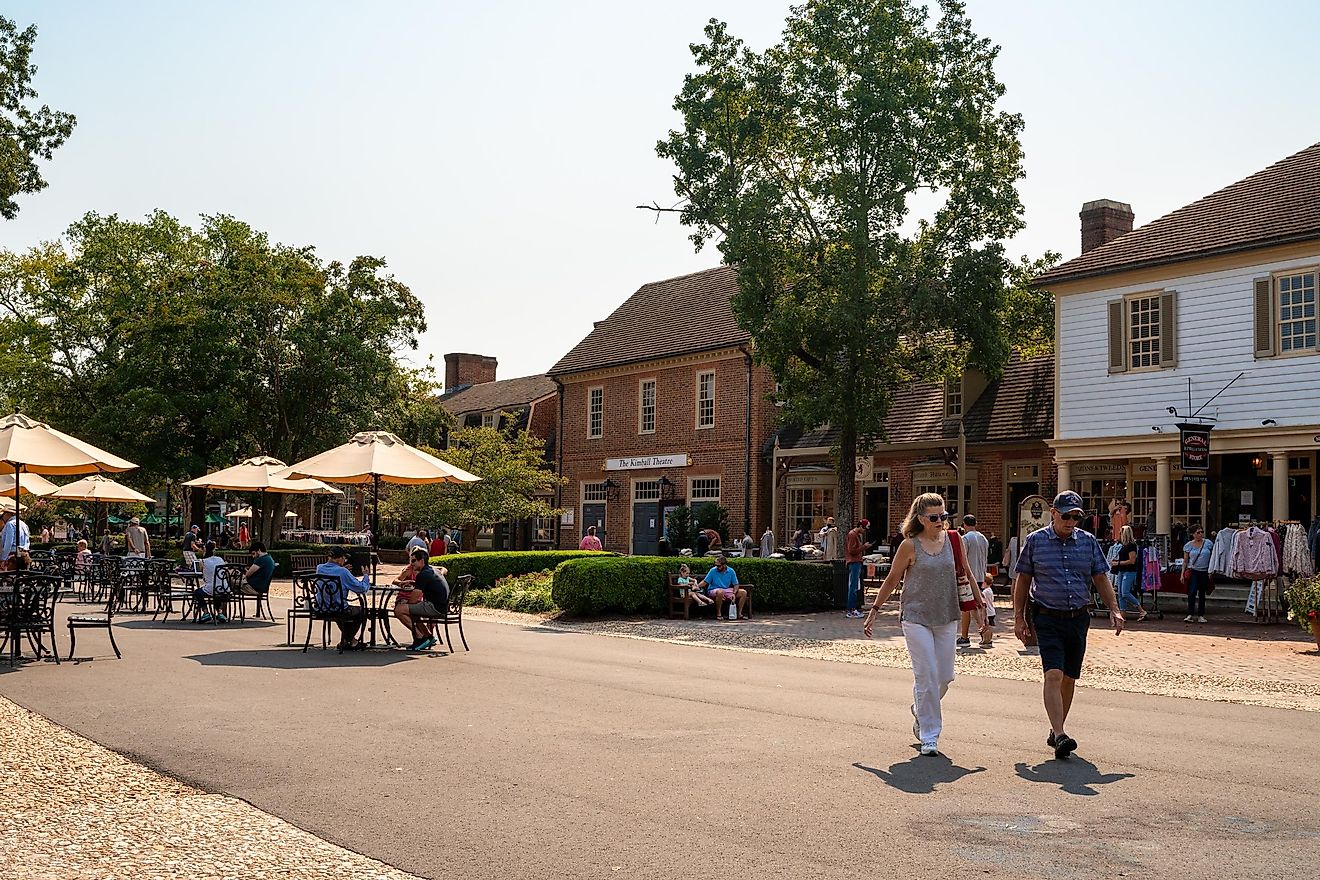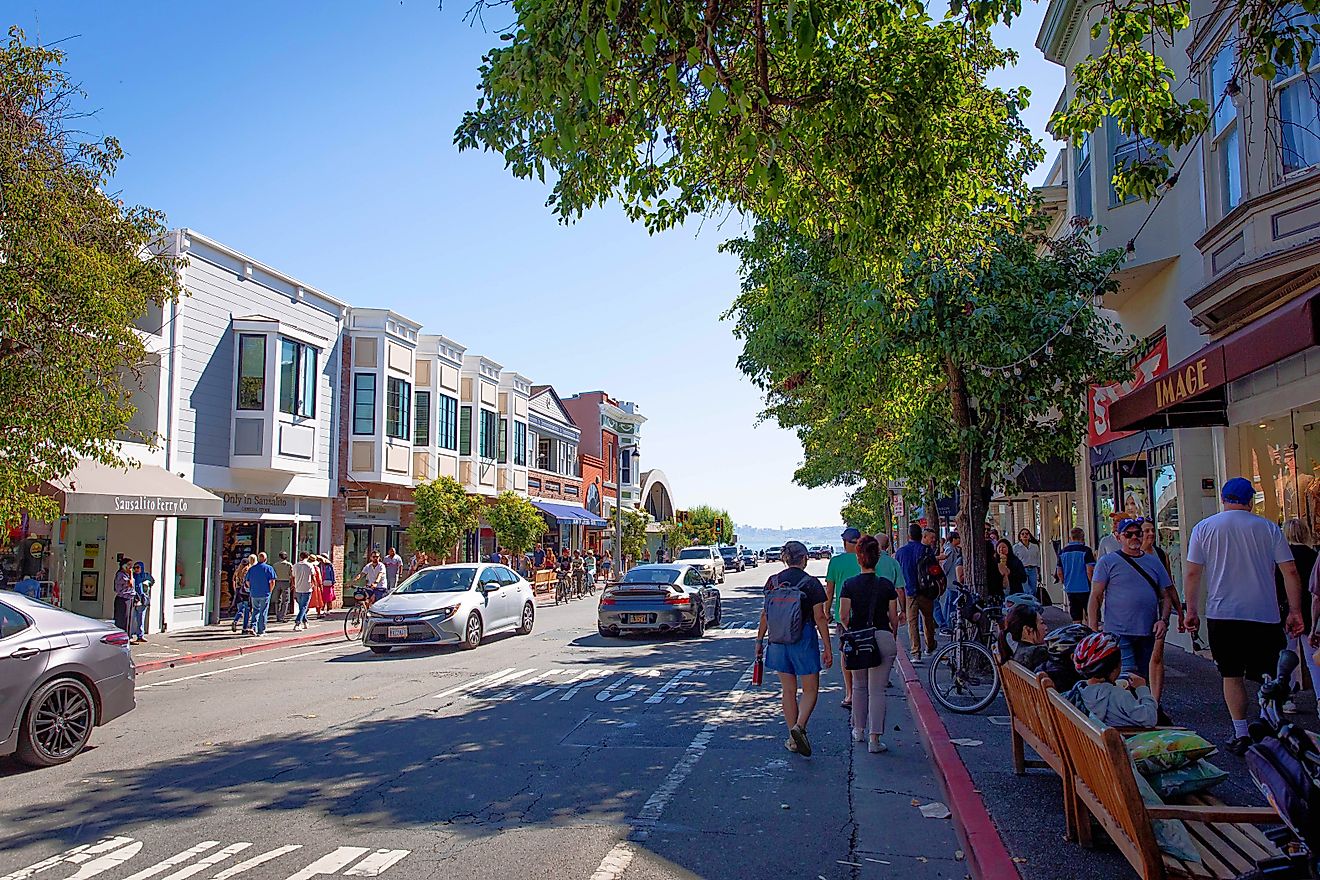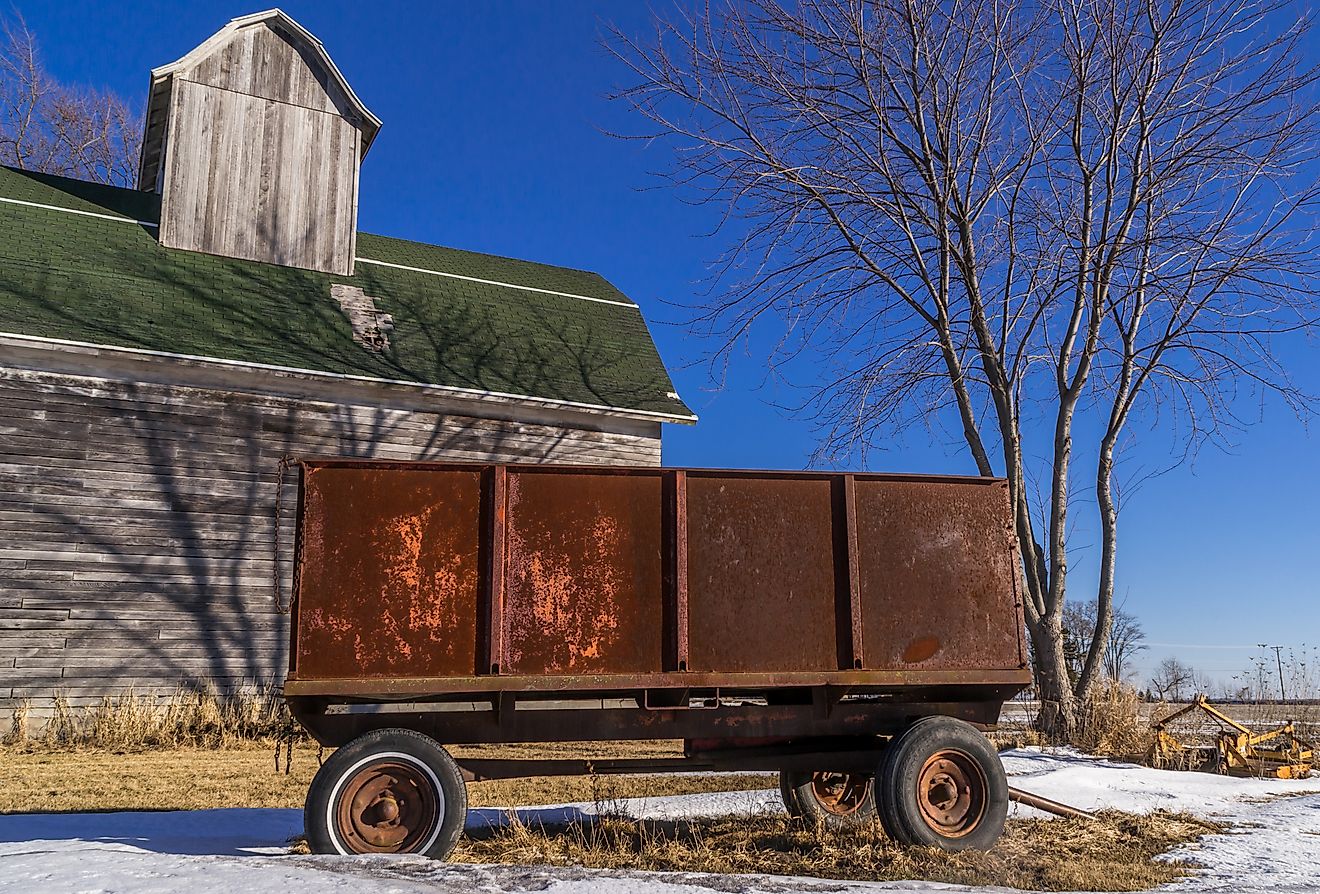
6 Towns In Nebraska With Rich History
Nebraska is awe-inducing in more ways than one. It is home to a diverse landscape of vast prairies, majestic mountains, towering peaks, and rolling sand dunes, and is also rich in history with a heritage dating back hundreds of years. There are several historic landmarks, such as the Lewis and Clark Trail, historic byways leading to the Old West, and historical parks, such as Ashfall Fossil Beds State Historical Park. Nebraska explodes with a storied past alongside beautiful sights, making its small towns some of the best destinations in the country.
Plattsmouth
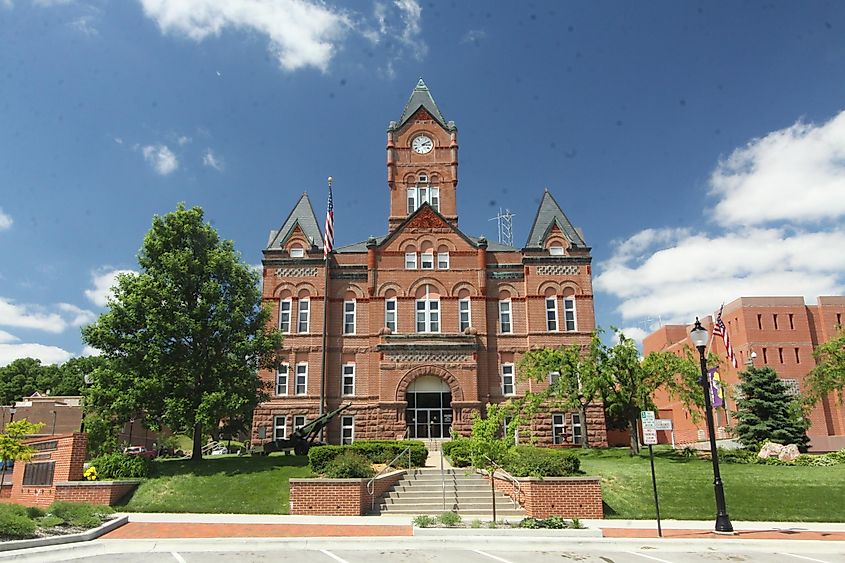
Plattsmouth, established in 1854, is one of the oldest towns in Nebraska. It sits between Omaha and Lincoln. The historic main street features Victorian and Greek Revival architecture, including the Cass County Historical Society Museum, which houses exhibits and artifacts that share a glimpse into the town's past. Plattsmouth Memorial Park, built in 1930 during the Great Depression, offers views of the rushing Missouri River, as well as a Veterans Memorial and a butterfly garden. Visitors may also tour along the historic Plattsmouth Bridge, which spans the river and connects Nebraska and Iowa.
Brownville

Brownville is a tiny and adorable town in Nebraska, but its roots run deep. It is also situated along the banks of the Missouri River and was founded in 1854. Landmarks from the 19th century include the Didier Log Cabin and the Brown-Carson House, while the Steamboat-Trace Trail offers stunning views of the rushing river, as does the Spirit of Brownville riverboat dinner cruise. The Heritage Highway Scenic Byway ends in Brownville, though it traverses 238 miles through 10 counties, featuring historic downtowns and destinations. The Captain Meriwether Lewis Dredge and Missouri River History Museum is another must-see, built within a 1931 restored sidewheeler dredge.
Papillion

Papillion is a small town in Nebraska with plenty of charm and history. It was founded in the 1870s and is just 20 minutes from Omaha. Walnut Creek Lake and Recreation Area is a great spot to explore the area's natural history by biking, hiking, camping, or even catching a concert or show at the SumTur Amphitheater. There are several historical buildings, including the 1860 John Sautter German farmhouse, the 1890 Portal one-room schoolhouse, and the 1990 Third Sarpy County Courthouse. Also, the Papillion Area Historical Society hosts several annual events focusing on preserving the town's historical buildings and heritage, including an Old German Christmas Luncheon. Prairie Queen Lake is another popular outdoor destination, a picturesque reservoir chock full of largemouth bass, channel catfish, bluegill, red ear sunfish, and black crappie, ideal for anglers and scenery lovers alike.
Ogallala
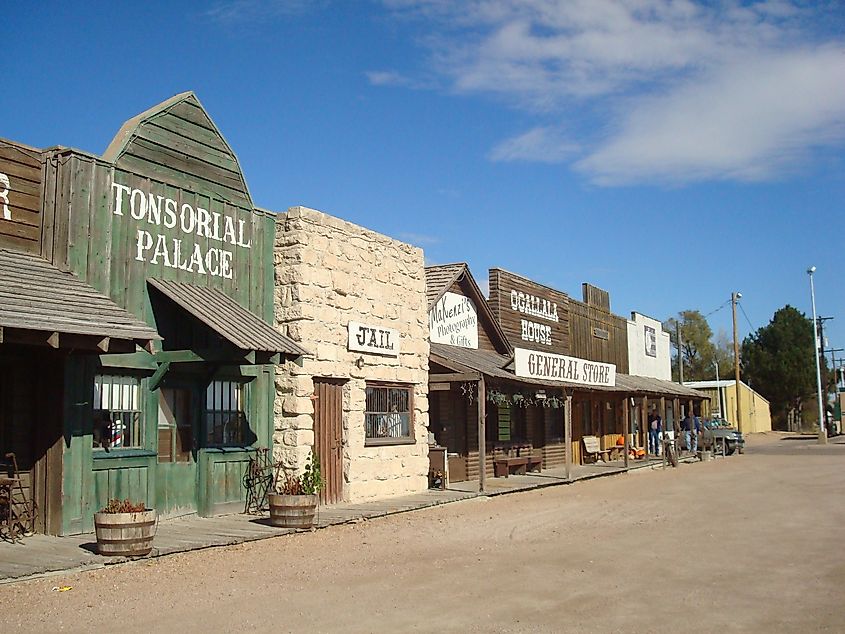
Ogallala sits on the banks of the South Platte River on the Great Plains and is home to a portion of the Ogallala Aquifer, the largest aquifer in the United States. Ogallala, founded in 1868, was originally part of the Union Pacific Railroad but grew as part of the Texas Railroad. Lake McConaughy, created in the 1930s, draws tourists from all over to revel in the paradise. Lake McConaughy, locally known as "Big Mac" because of its 100 miles of shoreline alongside Lake Ogallala, is ideal for all types of water sports and beach-going. History lovers may delve into the Wild West with a visit to Front Street and the Cowboy Museum or visit the nation's only collection of Agrarian art at the Bone Creek Museum of Agrarian Art.
Kearney

Kearney is one of the friendliest towns in Nebraska. It was founded in 1871 at the convergence of the Burlington and Missouri River Railroad and the Union Pacific Railroad. The town earns its name from Fort Kearney, built to protect travelers on the Oregon Trail, and which travelers may view at Fort Kearny State Historical Park. Visitors may view everything from classic cars to the documented histories of pioneers of the Oregon Trail at museums such as The Archway, Classic Cars Collection, Fort Kearney Museum, Museum of Nebraska Art, G.W. Frank Museum of History and Culture, and Trails and Rails Museum.
Nebraska City
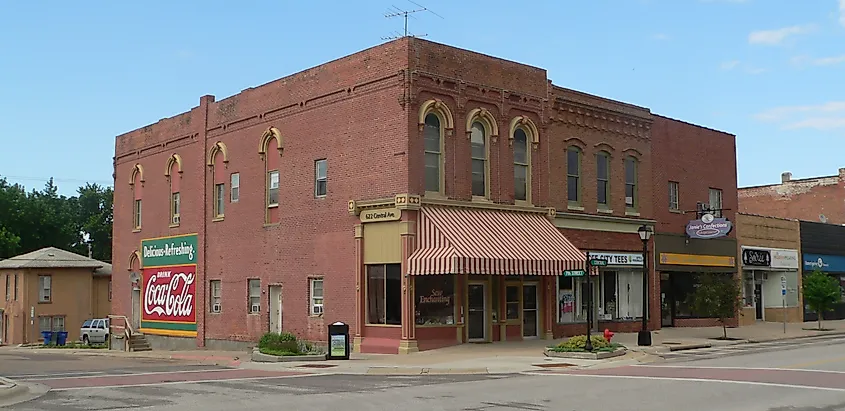
Nebraska City, on the shores of the Missouri River, houses the Missouri River Basin Lewis and Clark Interpretive Trail and Visitor Center, which travelers may hike through and learn about the history of the area. For those inclined to enjoy the natural scenery, the Arbor Day Farm includes over 260 acres of orchards and vineyards featuring fresh fruits and local wines. The town also hosts the annual Arbor Day, which began in 1872, encouraging individuals and groups to plant trees. Travelers may also tour the estate of J. Sterling Morton, Arbor Day founder, at Arbor Lodge State Historical Park.
Enjoy A Historical Trip To Nebraska!
Nebraska overflows with beauty, but its historical destinations offer enriched experiences, blending the excitement of natural scenery with unique stories of the past as well as beautiful architecture and sights built years ago. Many of the most historic towns are set on the Missouri River, which itself reveals a rich history carved over hundreds of years when streams from the Rocky Mountains were diverted by glaciers. From the picturesque architecture of Plattsmouth to the Great Platte River Road Archway Monument of Kearny, Nebraska's small towns rich in history offer endless adventure and excitement.
